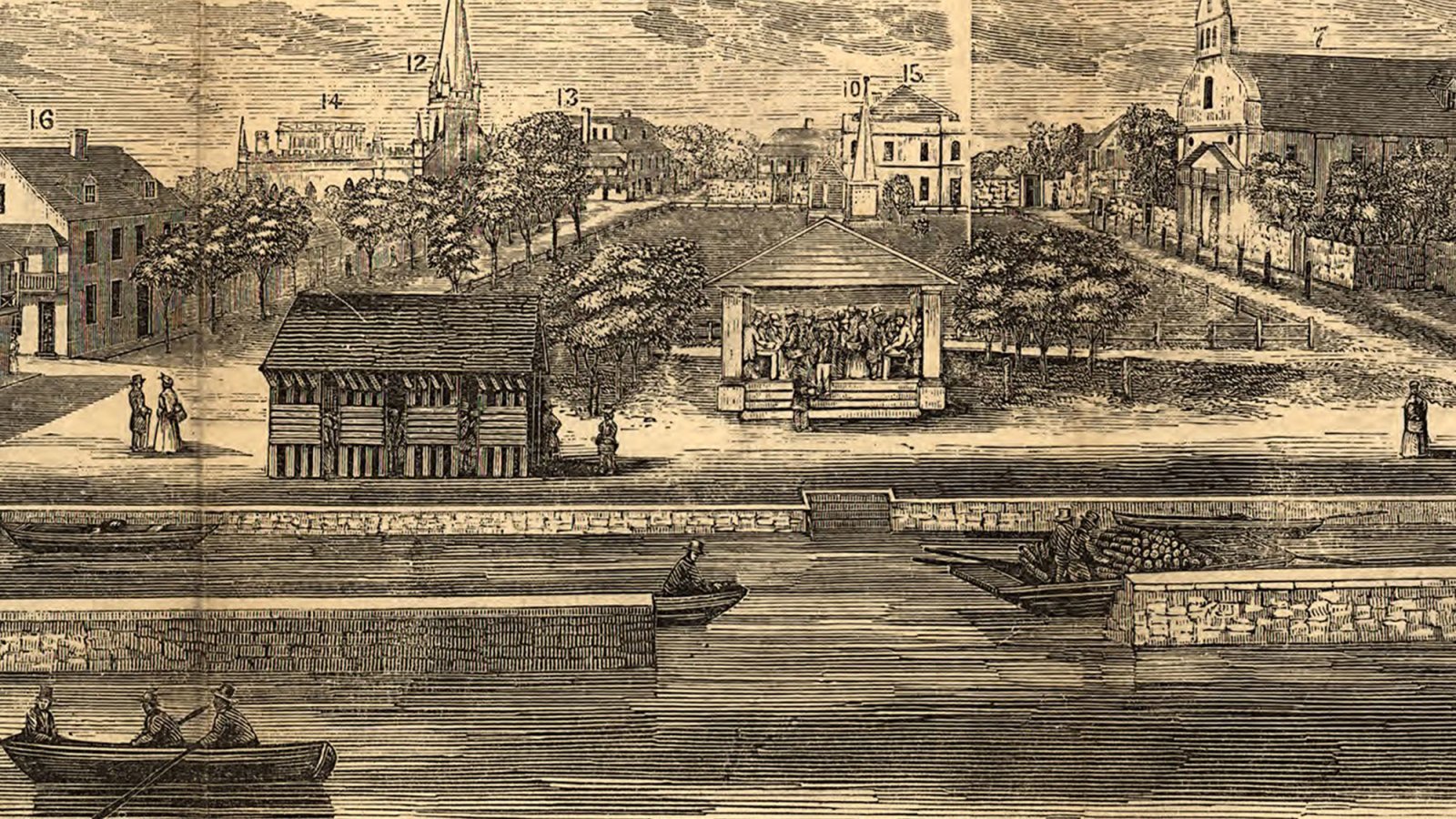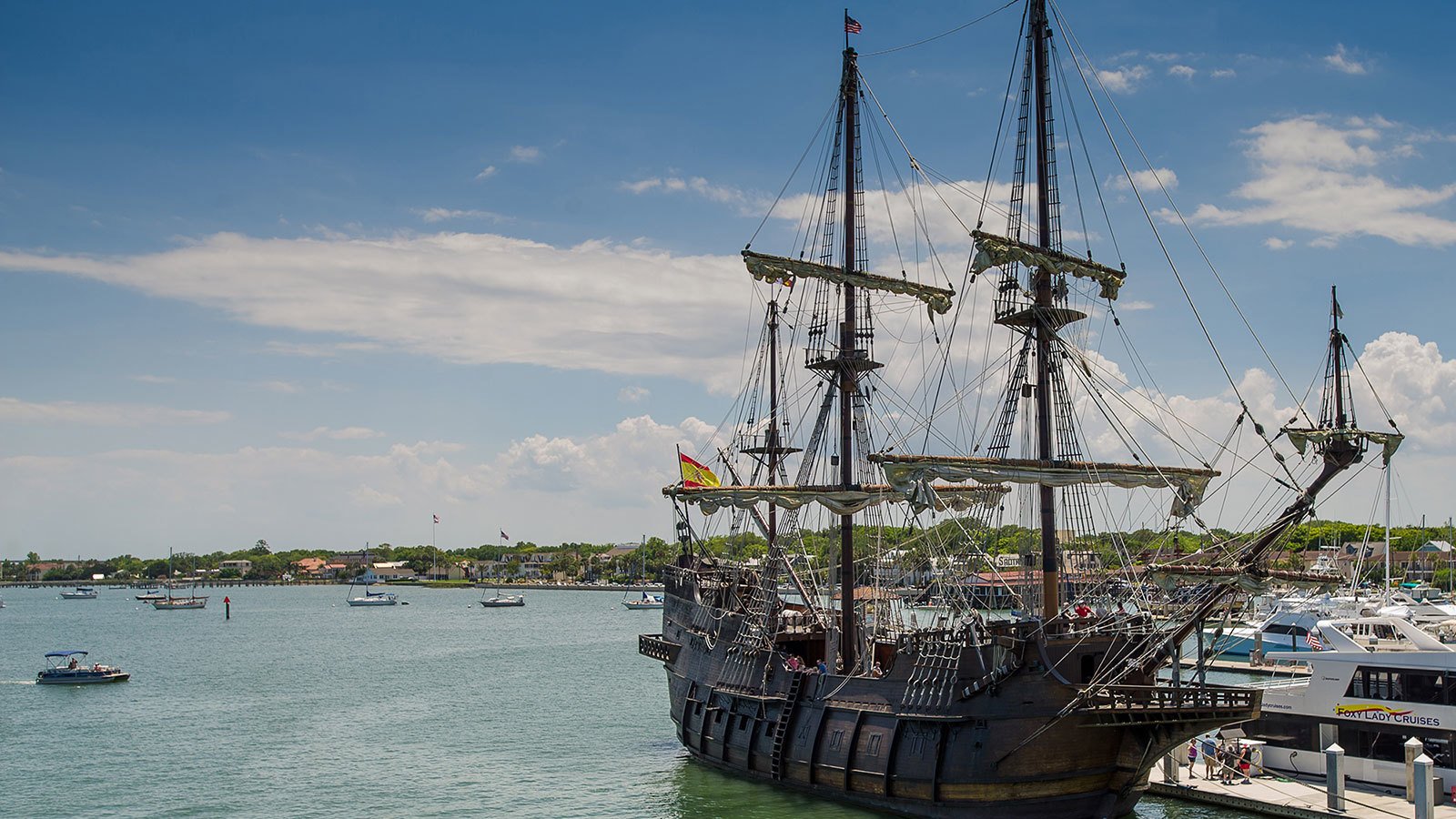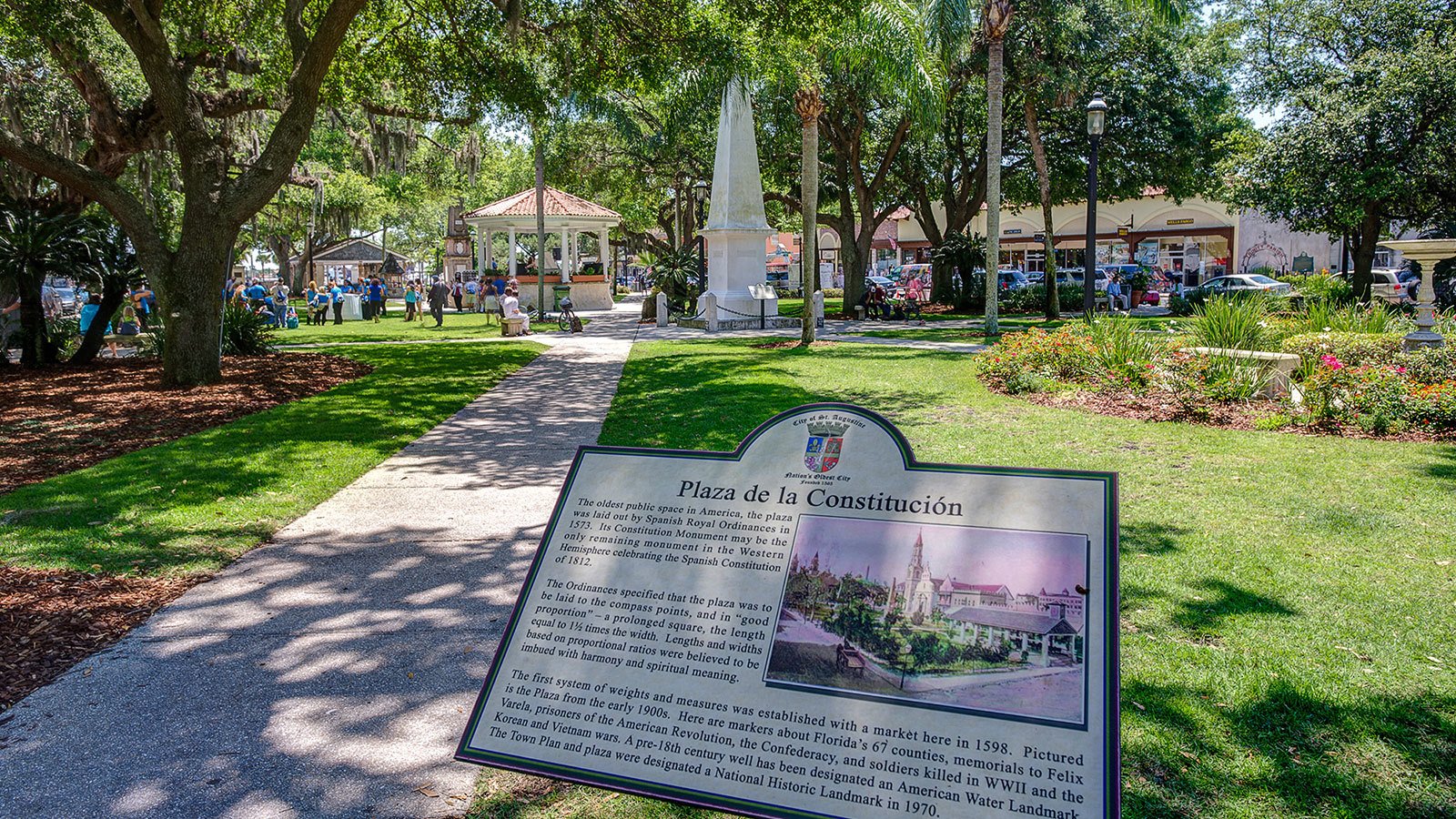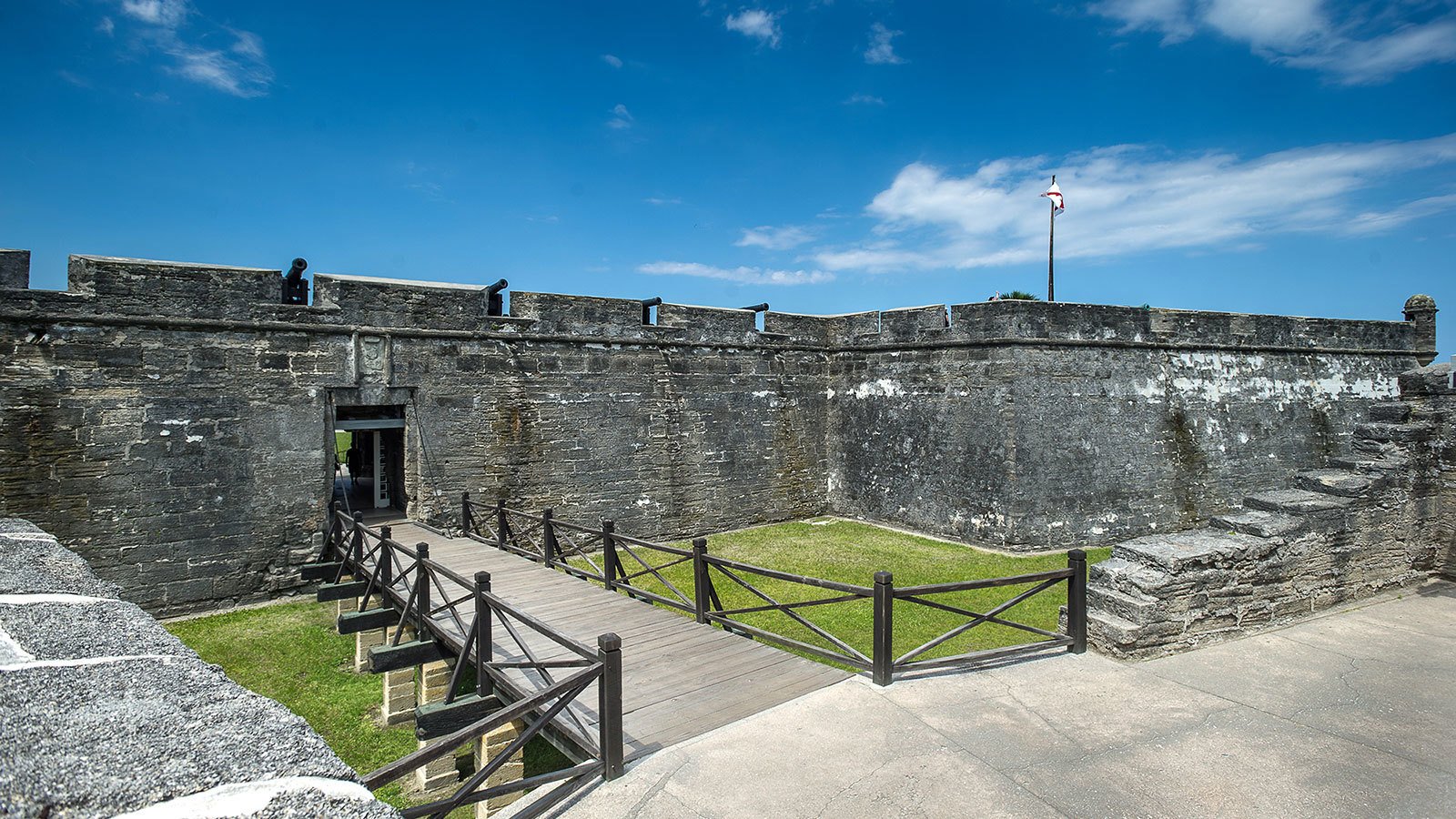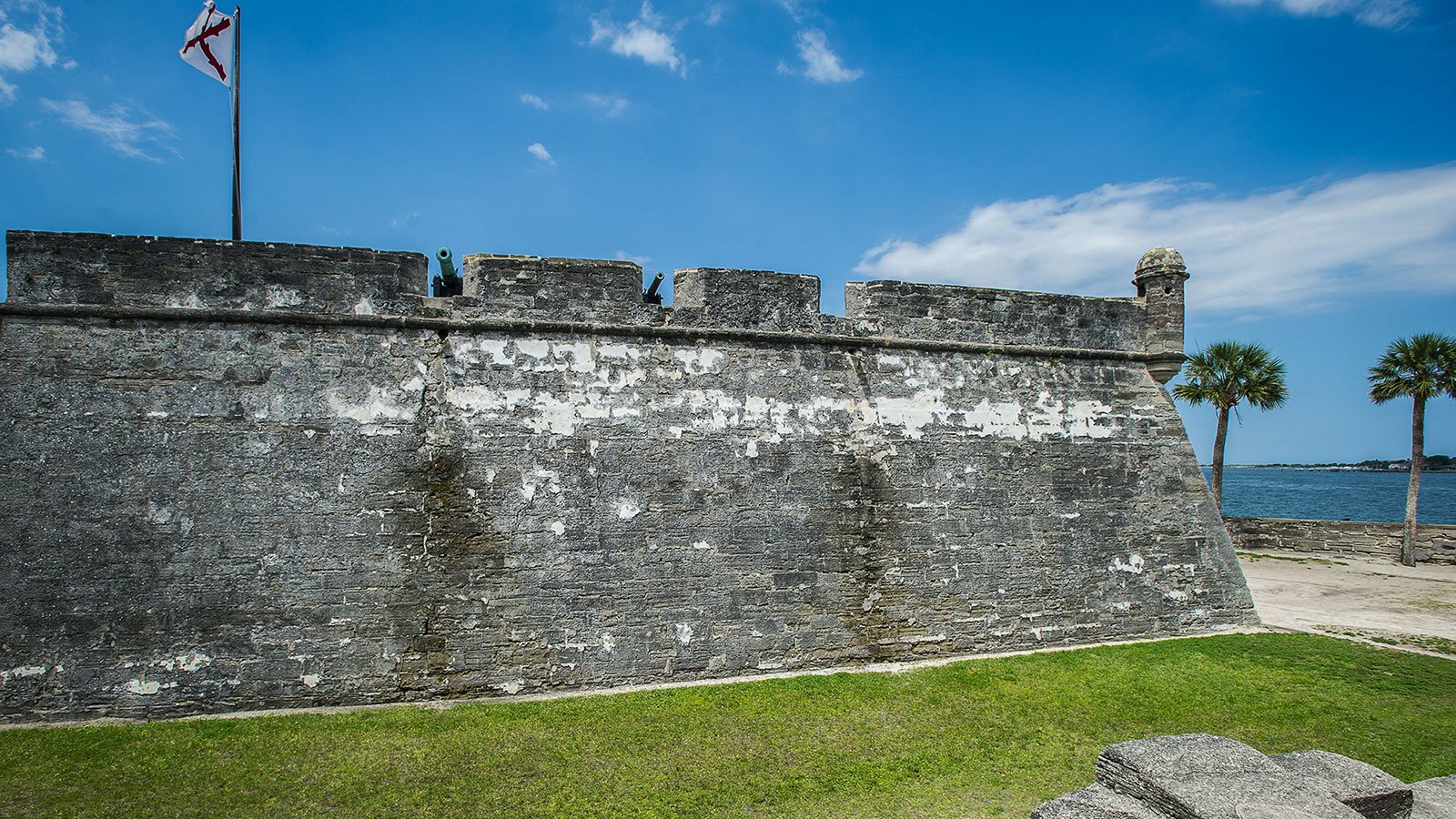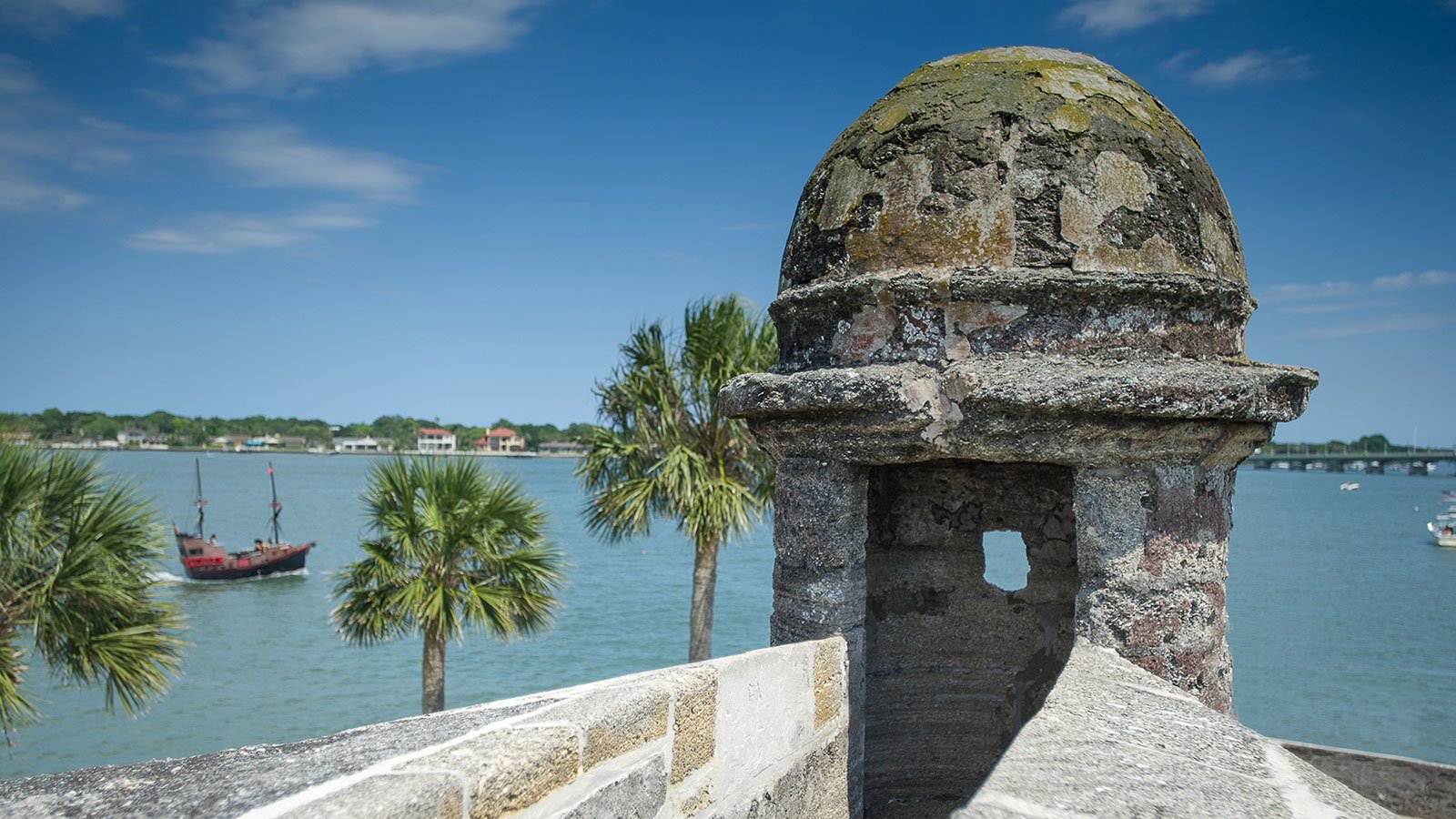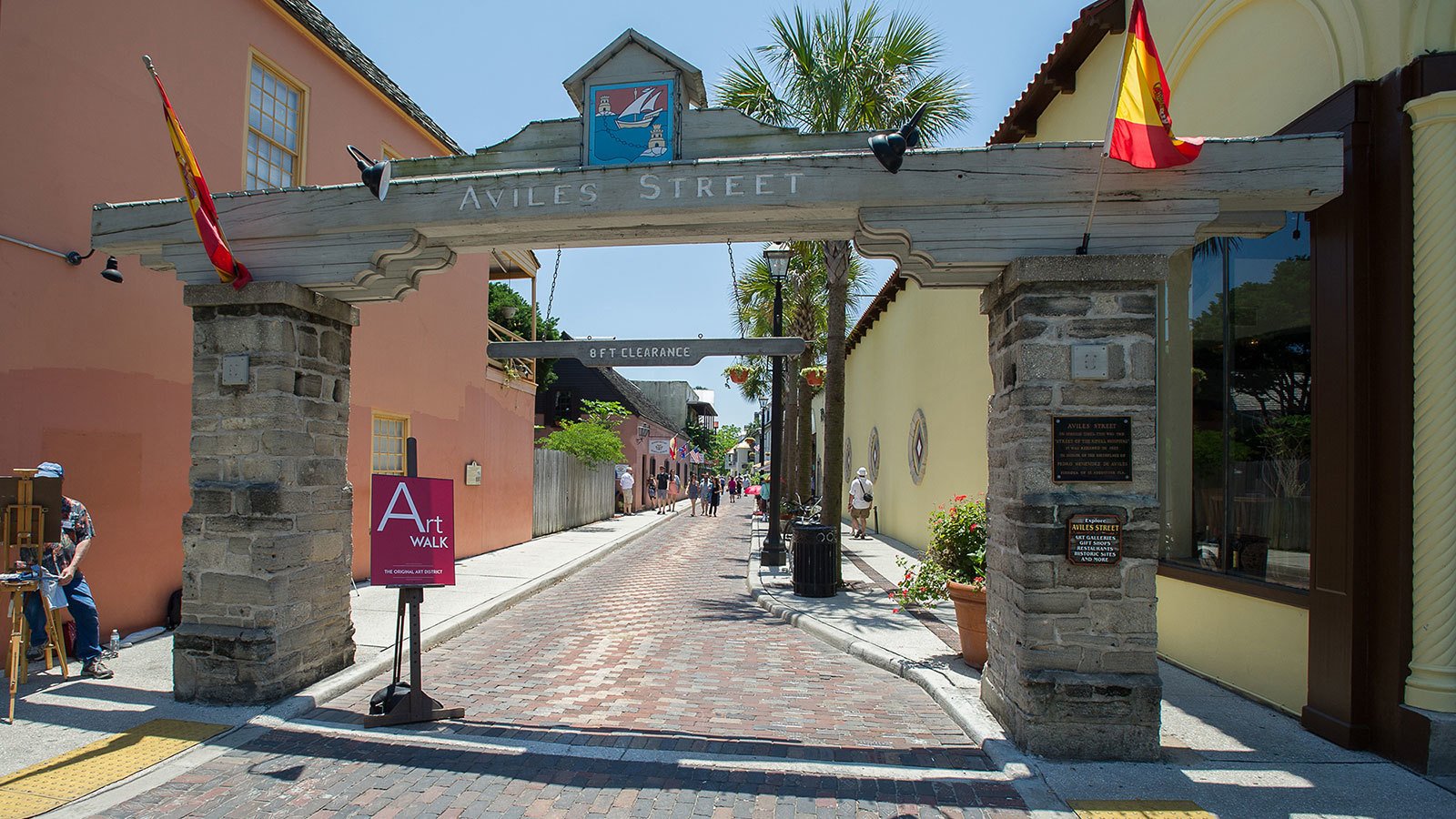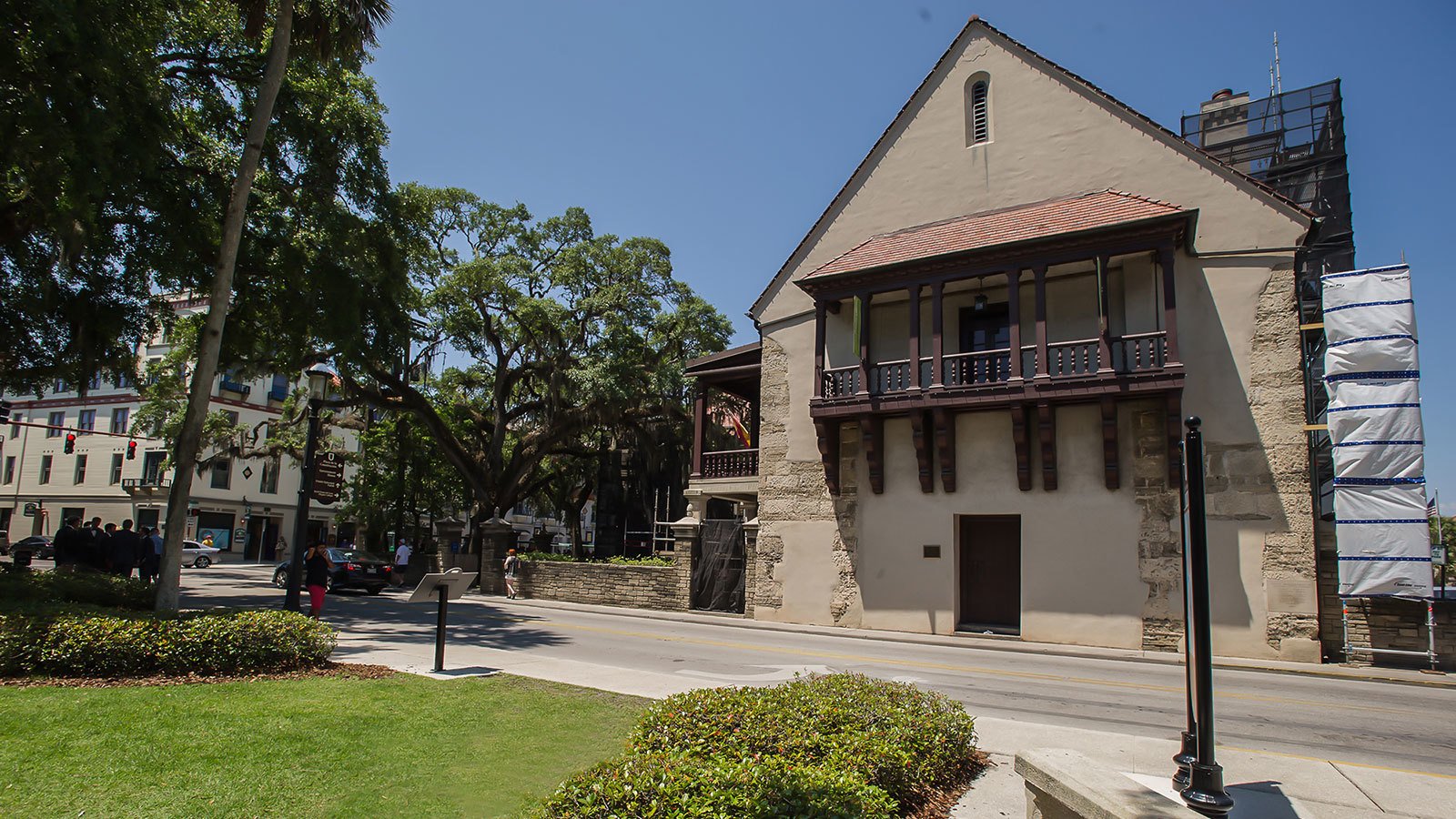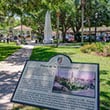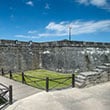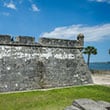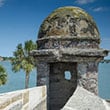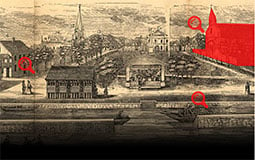St. Augustine, Florida
St. Augustine, Florida
In 1565-more than 40 years before the British colonized Jamestown, Virginia - a Spanish expedition established what is today the oldest colonial settlement in North America.
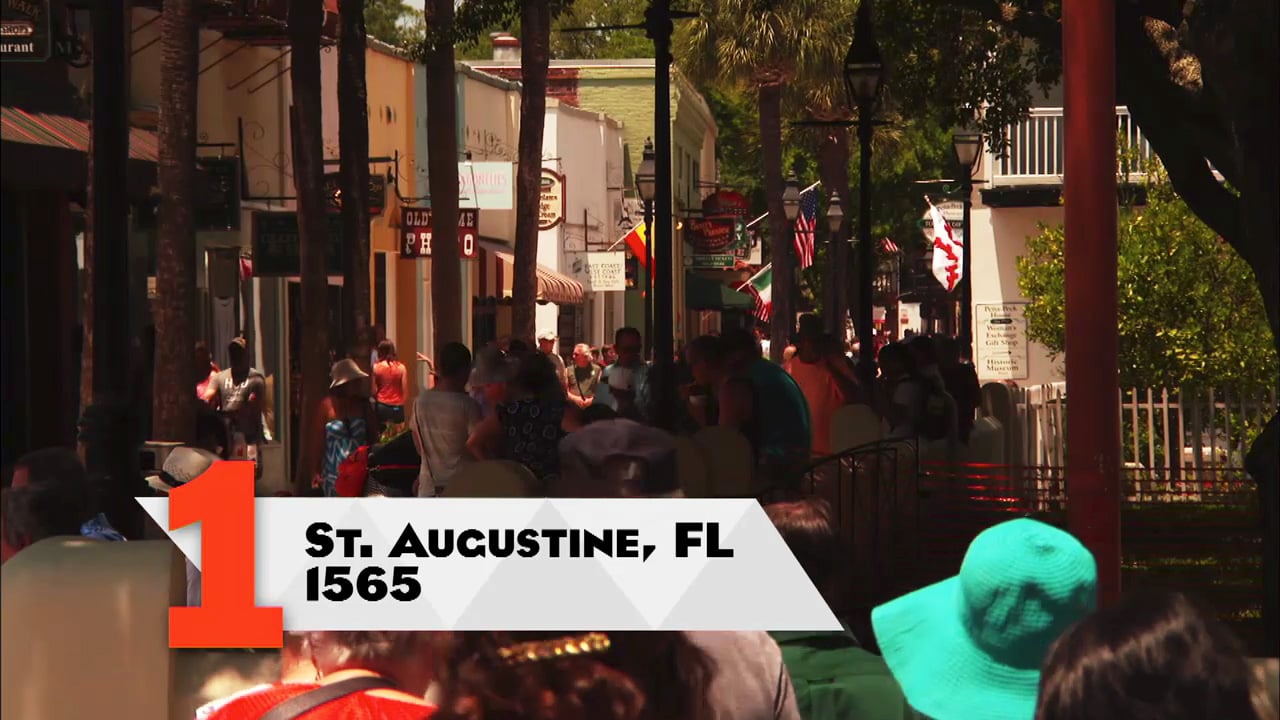
Watch the Segment
St. Augustine's initial purpose was defensive. King Philip II of Spain was alarmed because the French had recently built a fort on Spanish-claimed territory 40 miles up the coast, at current-day Jacksonville, Florida.
The king wanted to protect Spanish ships bringing valuable goods back from Central and South America, so he dispatched Admiral Don Pedro Menéndez de Avilés, along with hundreds of troops and settlers, to create a new Spanish outpost. Menéndez named the new outpost for Saint Augustine, on whose feast day he first spotted the Florida coast.

Web Exclusive Video
Soon after St. Augustine was established, King Philip II focused on another issue. He worried that his colonies in the Americas were developing in a haphazard fashion and without proper standards of organization. So in 1573, he issued a set of guidelines, called The Laws of the Indies, intended to bring order to colonial settlements.
The 148 ordinances in The Laws of the Indies provided specific guidelines for all aspects of how a town should be configured, starting with site selection:
40. Do not select sites that are too high up because these are affected by winds, and access and service to these are difficult … and in case that there should be a need to build on the banks of a river, it should be on the eastern bank, so when the sun rises it strikes the town first, then the water.
The ordinances further specified how to organize a town around a main plaza:
112. The main plaza is to be the starting point for the town; if the town is situated on the sea coast, it should be placed at the landing place of the port, but inland it should be at the center of the town. The plaza should be square or rectangular … as this shape is best for fiestas in which horses are used and for any other fiestas that should be held.
The guidelines also dictated that settlers should try "to have the buildings all of one type for the sake of the beauty of the town" and included highly specific stipulations for where to place civic buildings, homes, and businesses on a grid of streets emanating from the main plaza:
115. Around the plaza as well as along the four principal streets which begin there, there shall be portals, for these are of considerable convenience to the merchants who generally gather there; the eight streets running from the plaza at the four corners shall open on the plaza without encountering these porticos, which shall be kept back in order that there may be sidewalks even with the streets and plaza.
Today, The Laws of the Indies is widely recognized as the first comprehensive urban planning document in America. The standards it dictated - such as its orderly grid street pattern - enhanced urban life not only in St. Augustine, but also in many future American communities.

